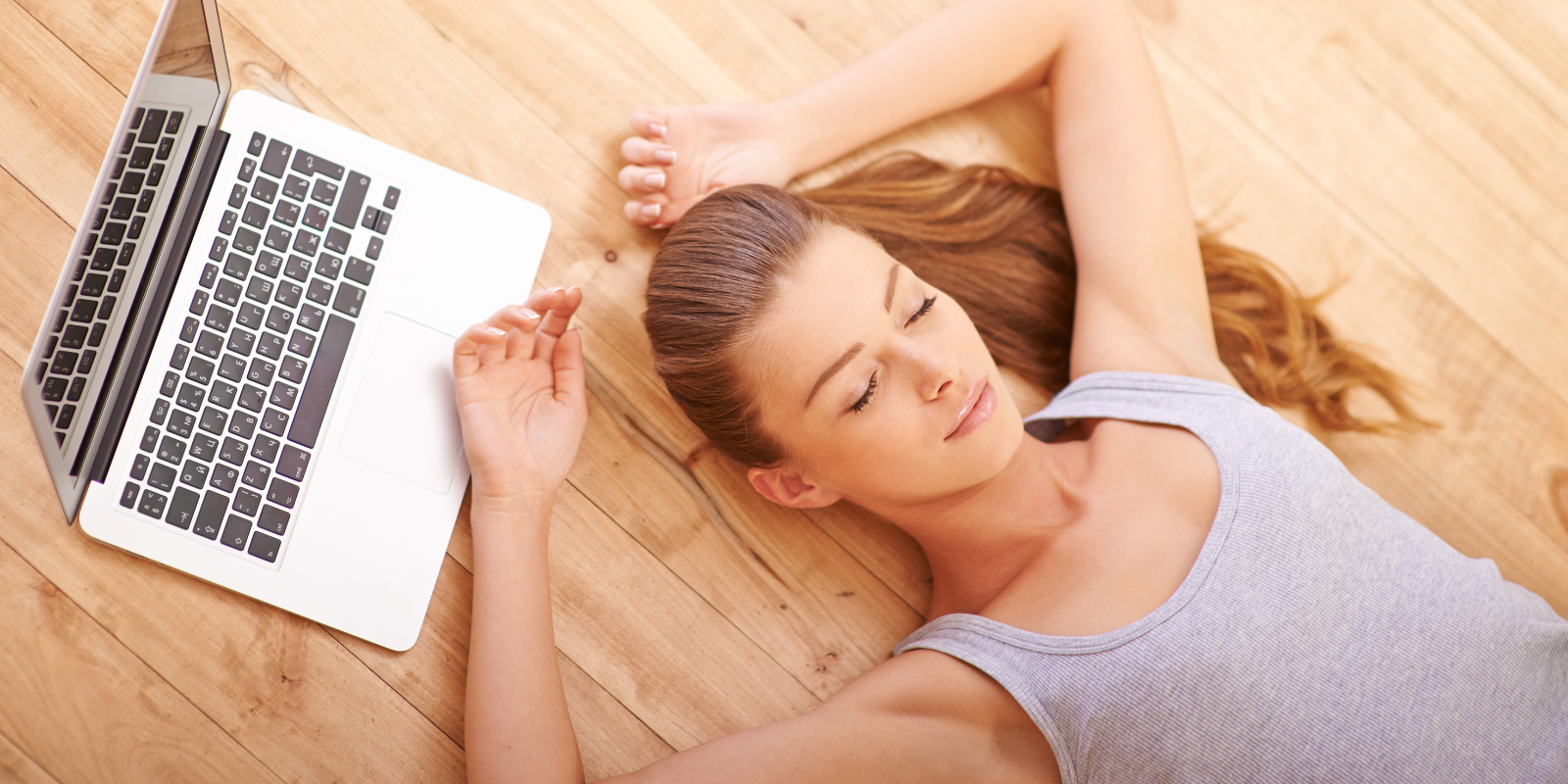How a daily 20 min snooze can keep the doctor away and your productivity up
Numerous advantages can result from naps. One or two quick naps during the day can be restorative and help you feel less tired. A nap can help with daytime drowsiness following a night of inadequate sleep.

Our brains function at their best when we follow 90 minutes of work with 20 minutes of rest, according to sleep scientists. We might start to feel sleepy, yawn a few times, and wish we were asleep during that downtime. Our ultradian rhythm is a natural pattern that we must adhere to; otherwise, stress levels rise and productivity falls.
Allowing your staff to follow their natural flow and take naps or engage in other relaxing activities every 15 to 20 minutes will help you realize their full potential.
A quick nap during the work day (or any day) may also improve productivity at the office and it can also enhance the ability to complete challenging tasks and cognitive processes like memory, logical reasoning and attention to detail.
Other health benefits of napping are possible. One observational study discovered that taking naps one or two times per week was linked to a lower risk of cardiovascular issues like heart disease, stroke, or heart attacks.
Additionally, napping may lessen the effects of insufficient sleep. For instance, a small trial found proof that naps helped people feel less stressed and strengthened the immune systems of people whose sleep the night before had been irregular.
Adults should take naps for no more than 20 minutes and no longer than 30 minutes. Sleeping for 20 minutes allows the napper to get some light sleep to increase alertness without falling asleep. Waking up from a deep sleep can cause grogginess and even make sleepiness worse.
Adults who want to nap should wait at least eight hours before going to bed, according to experts. The majority of people will take a nap before 3 p.m. m. Problems with nighttime sleep may result from taking a nap too late in the day.
After lunch, naps may seem natural to some people or even necessary. The term "post-lunch dip" may be used to describe this. Although eating lunch may contribute to afternoon drowsiness, circadian rhythm is thought to be responsible for the post-lunch slump. The body's natural clock, which runs on a 24-hour cycle, is called the circadian rhythm. There are two sleepiness peaks in this cycle. The second peak, which is smaller, occurs in the early afternoon after the nighttime peak.
Do you take power naps??
.webp?width=1500&height=600&name=Logo%20Hat%20(6).webp)






.png?width=180&height=180&name=Ecovadis%202024%20(200%20x%20200%20px).png)
